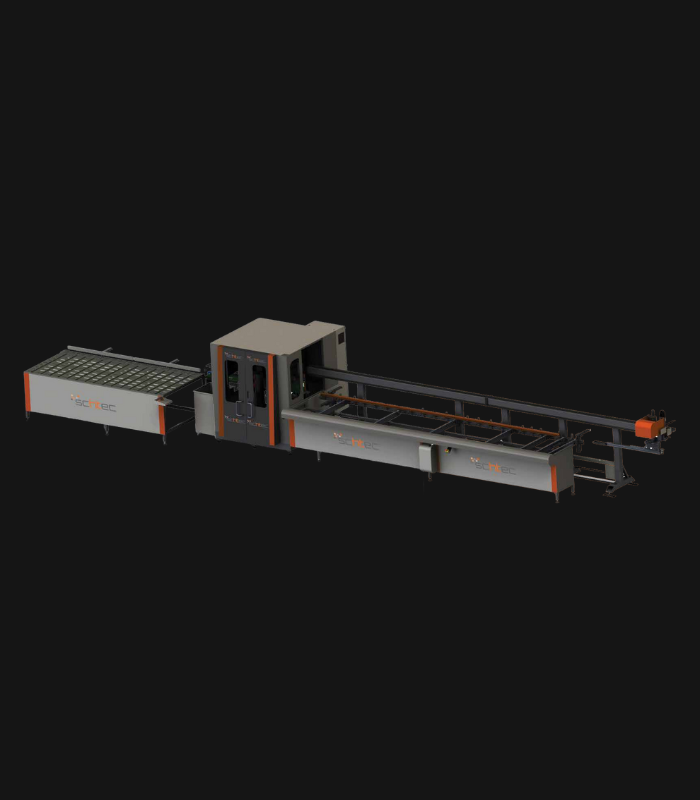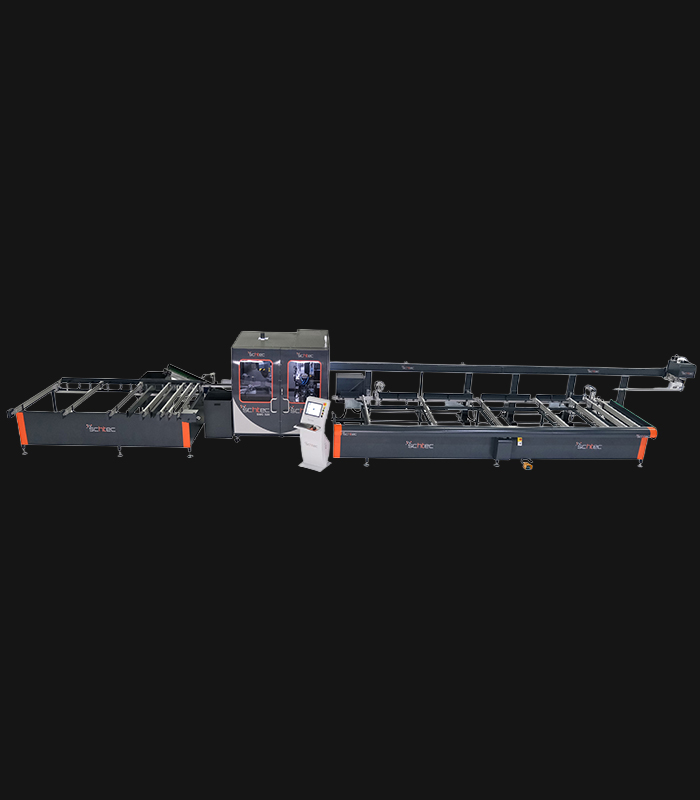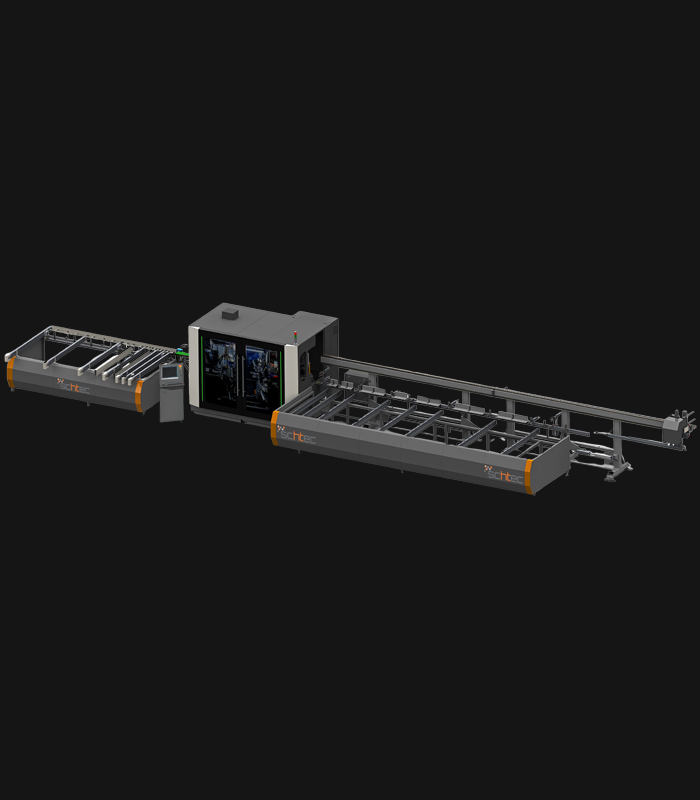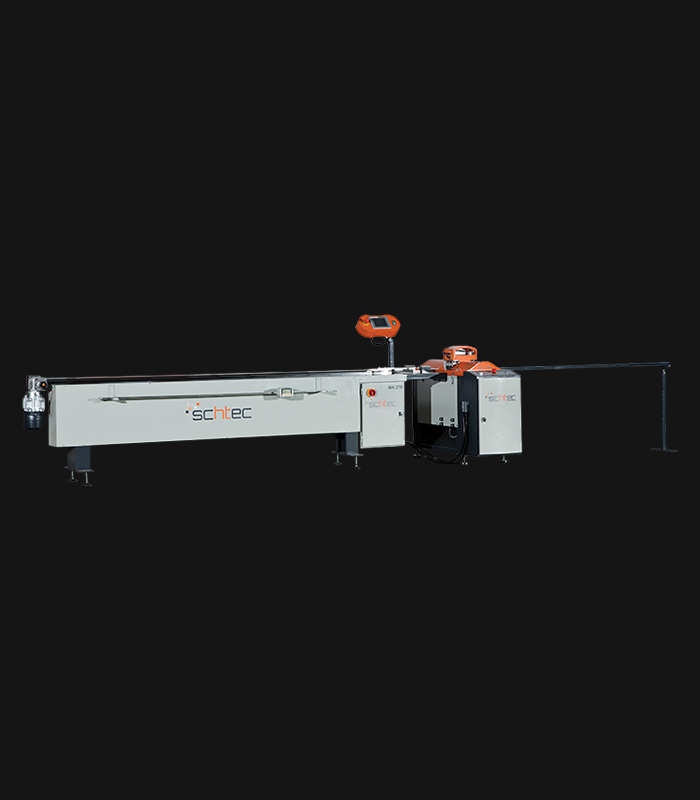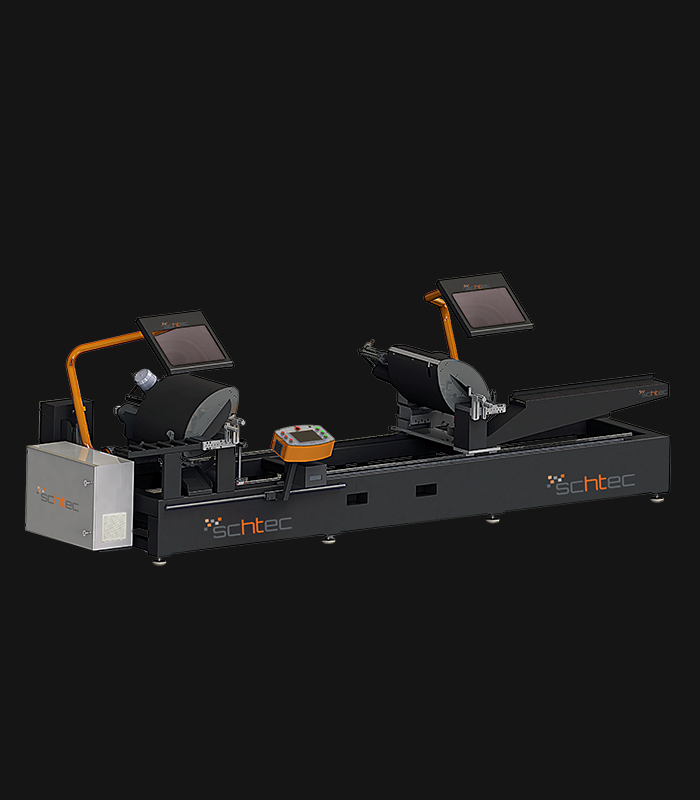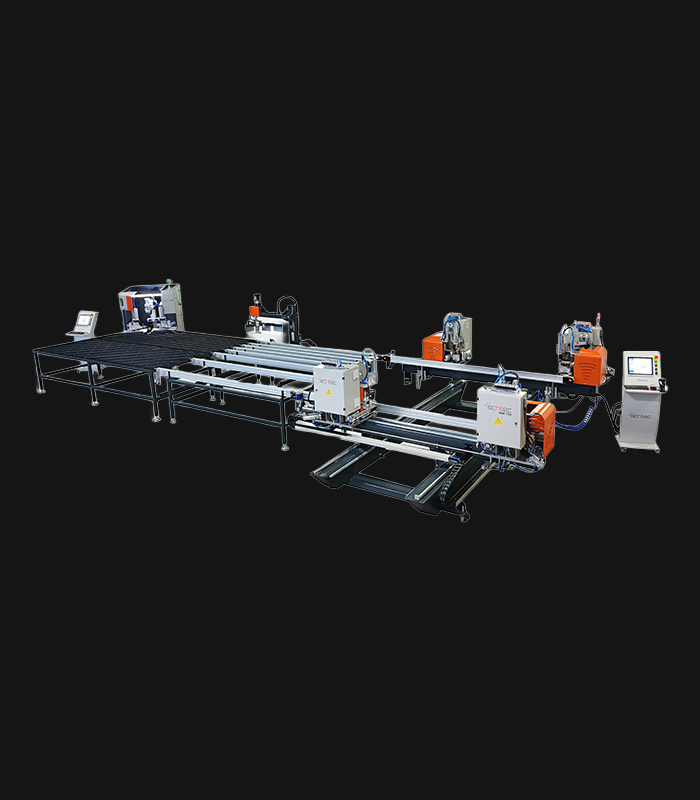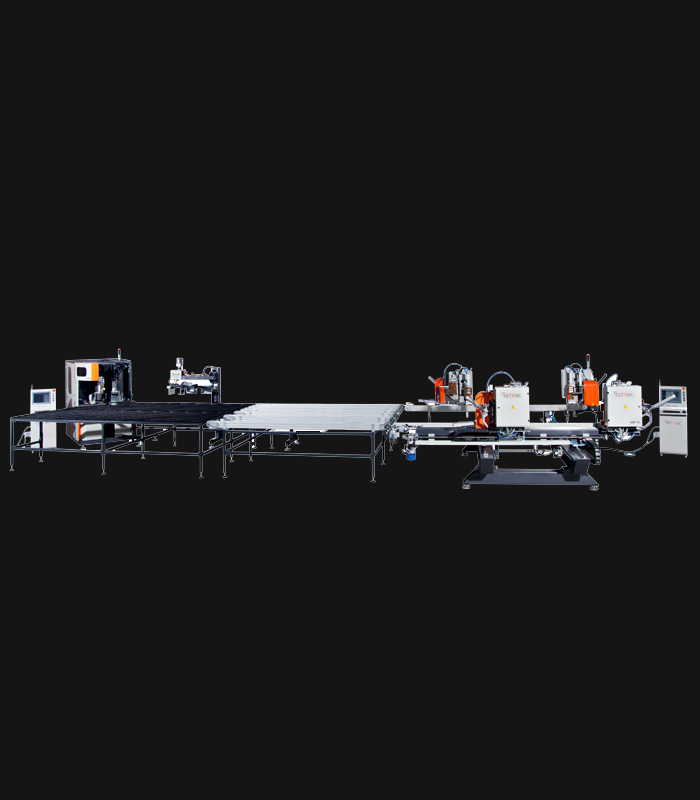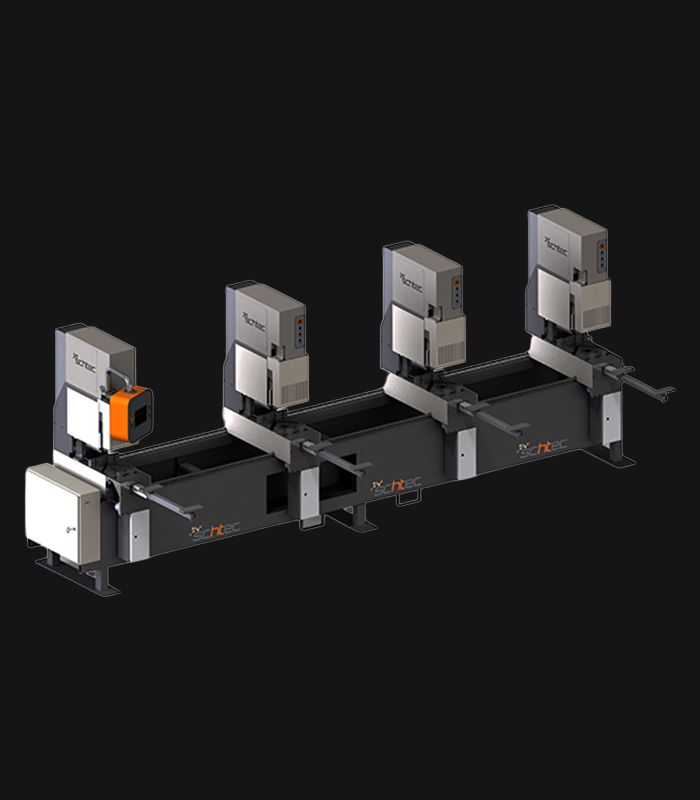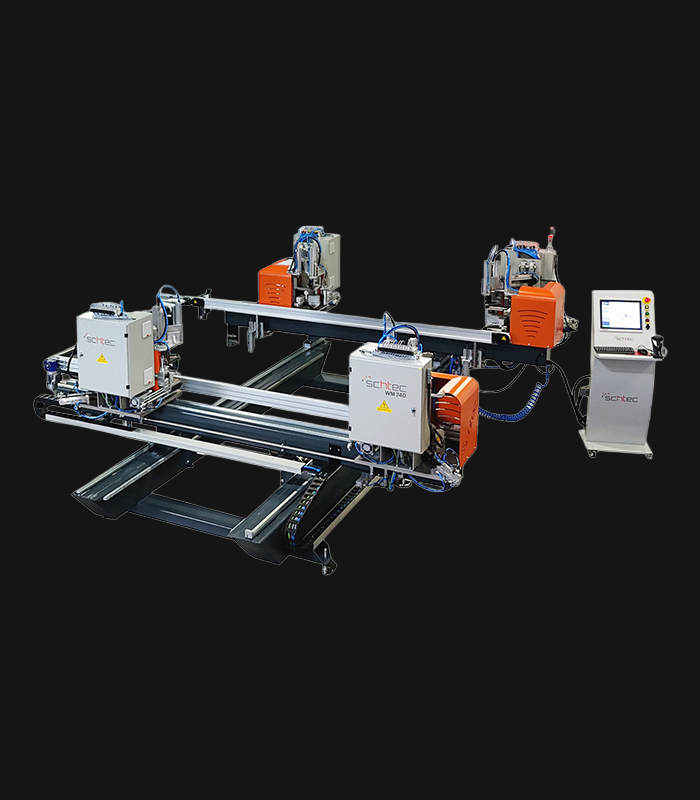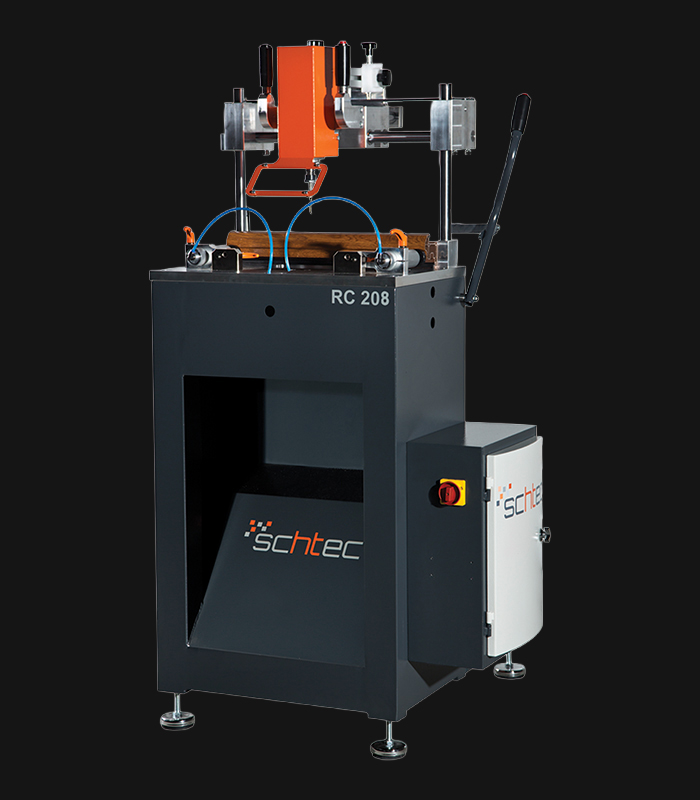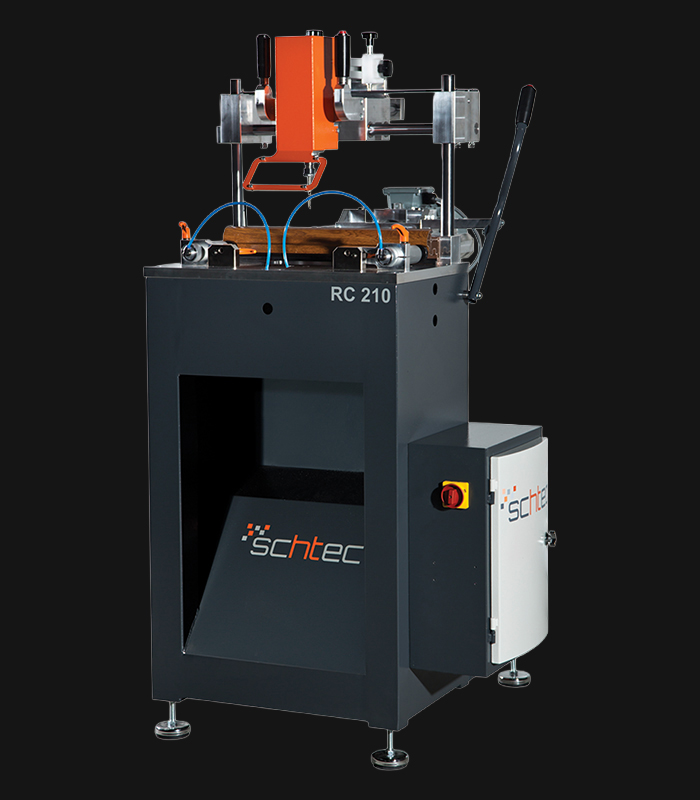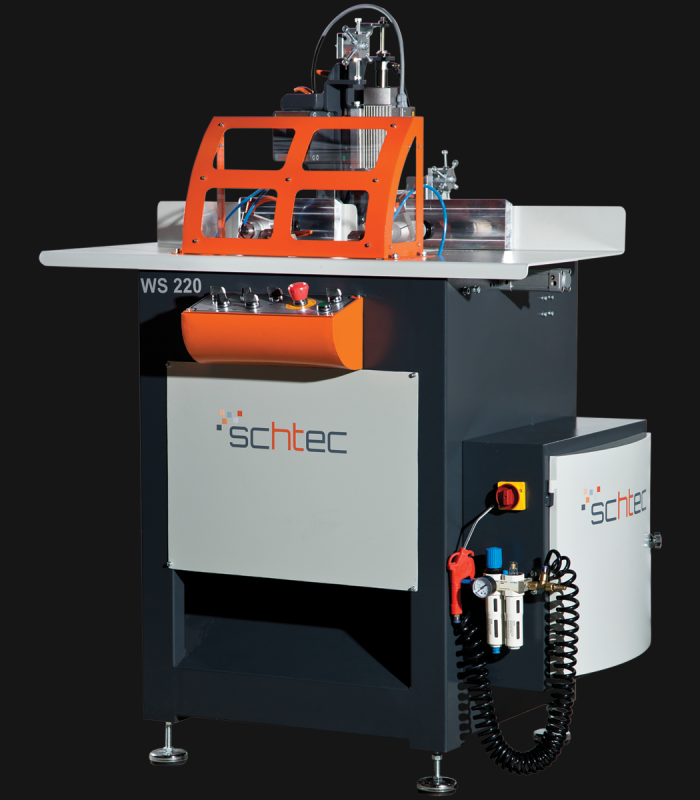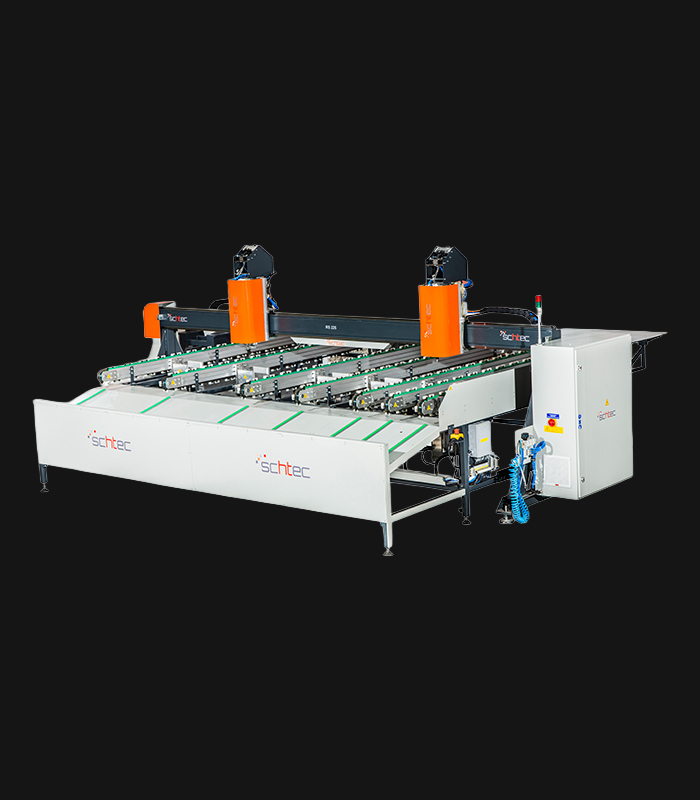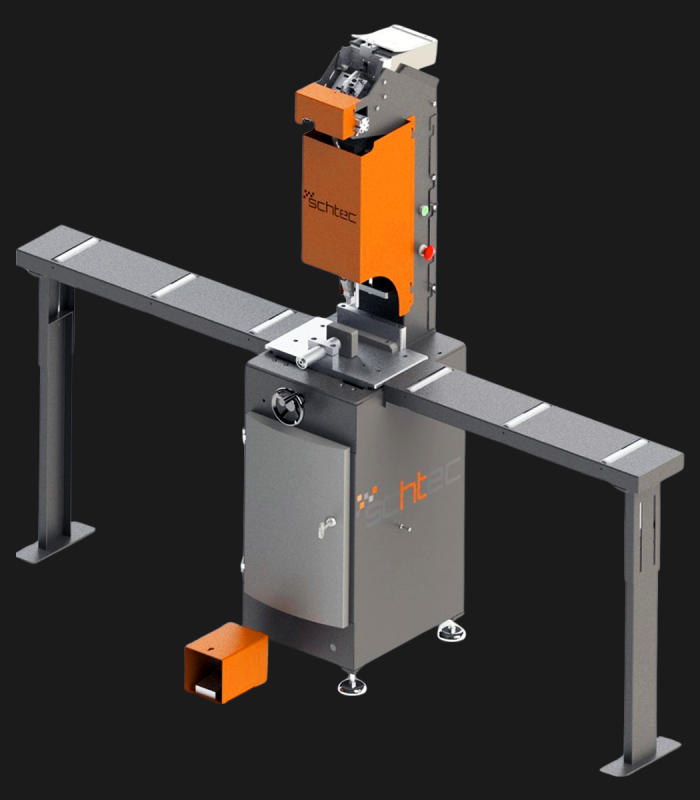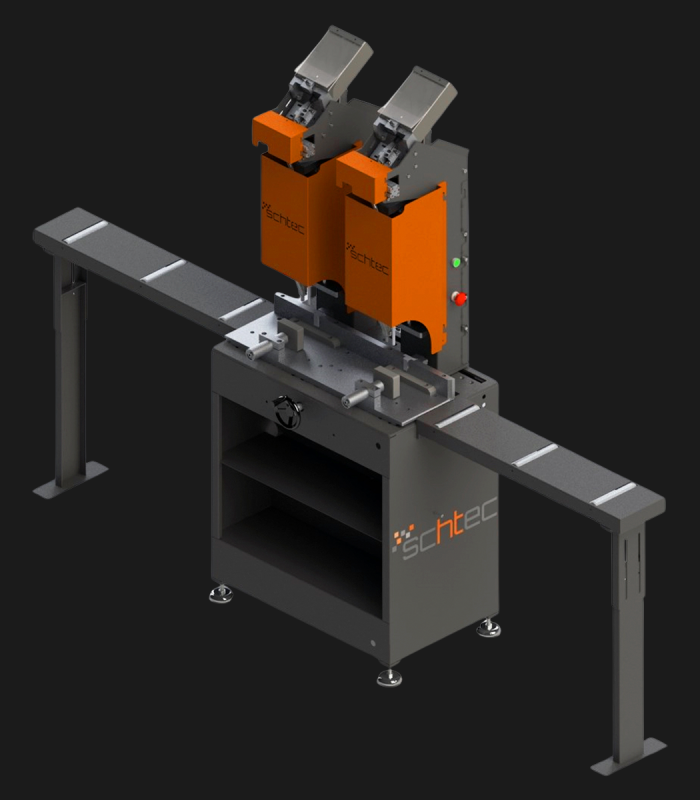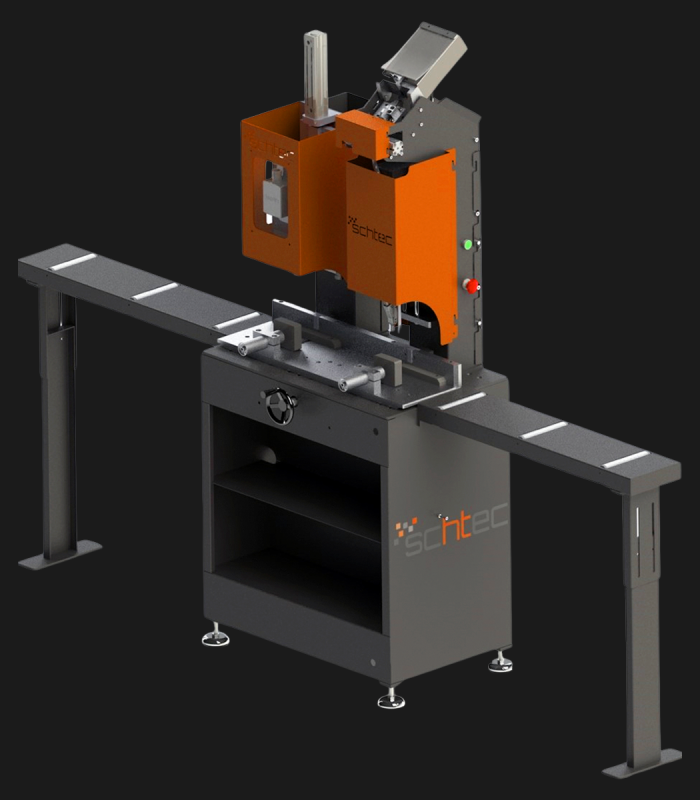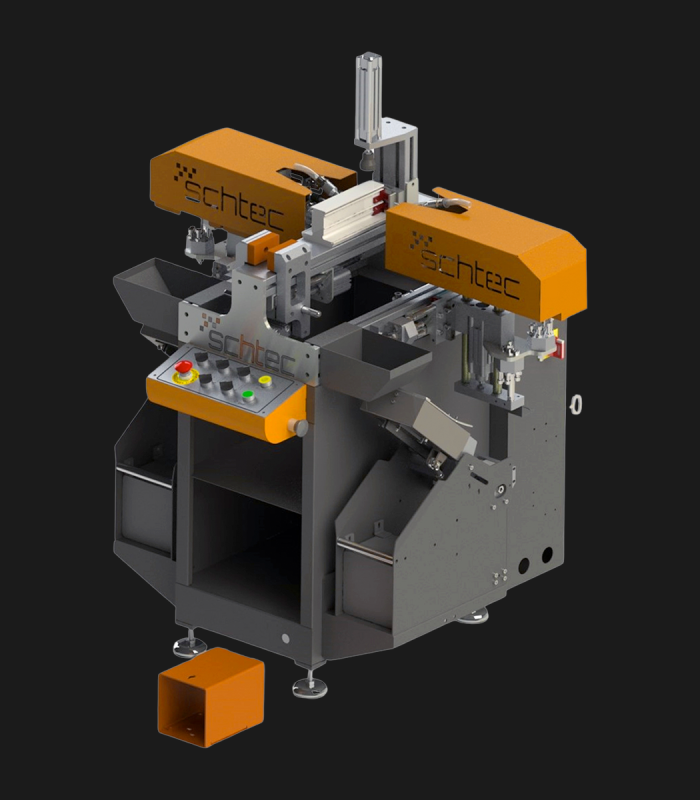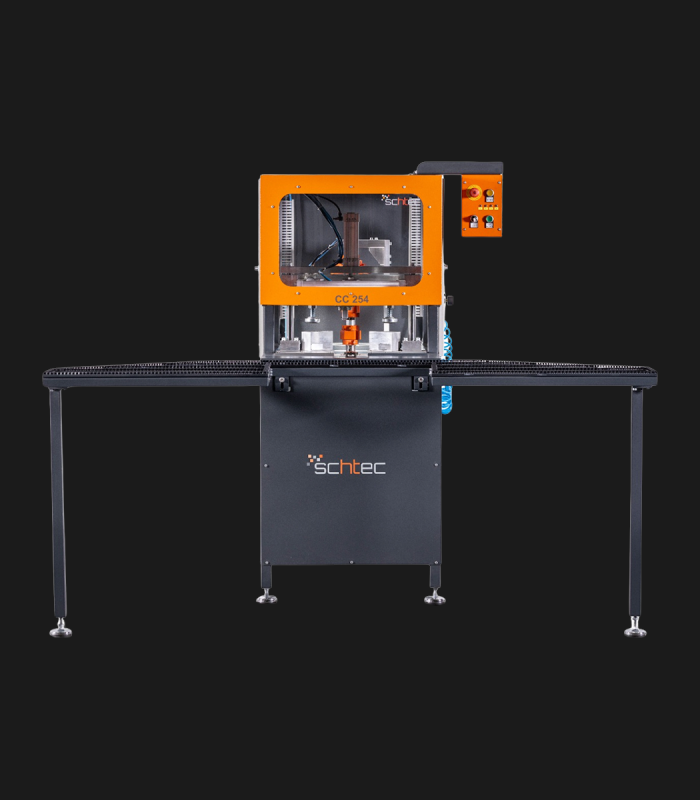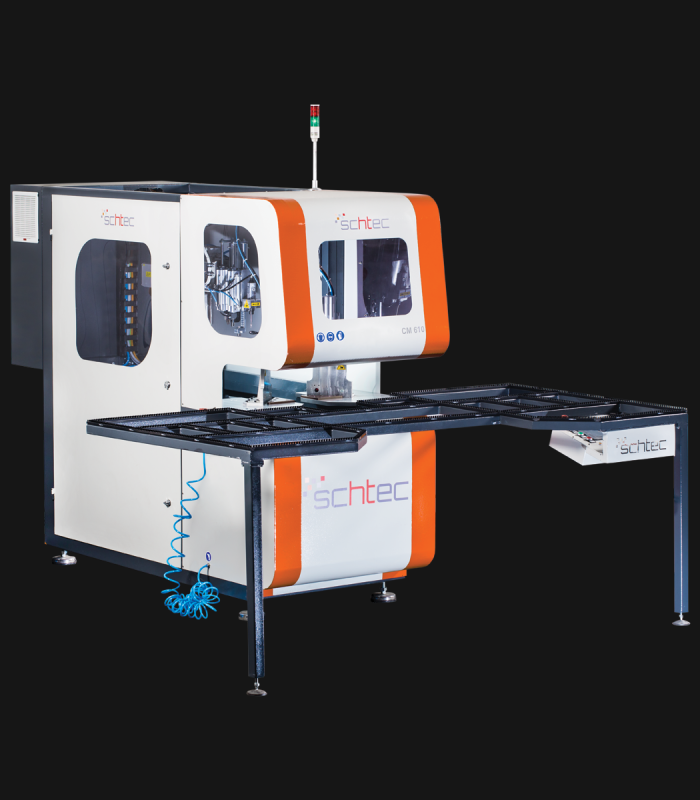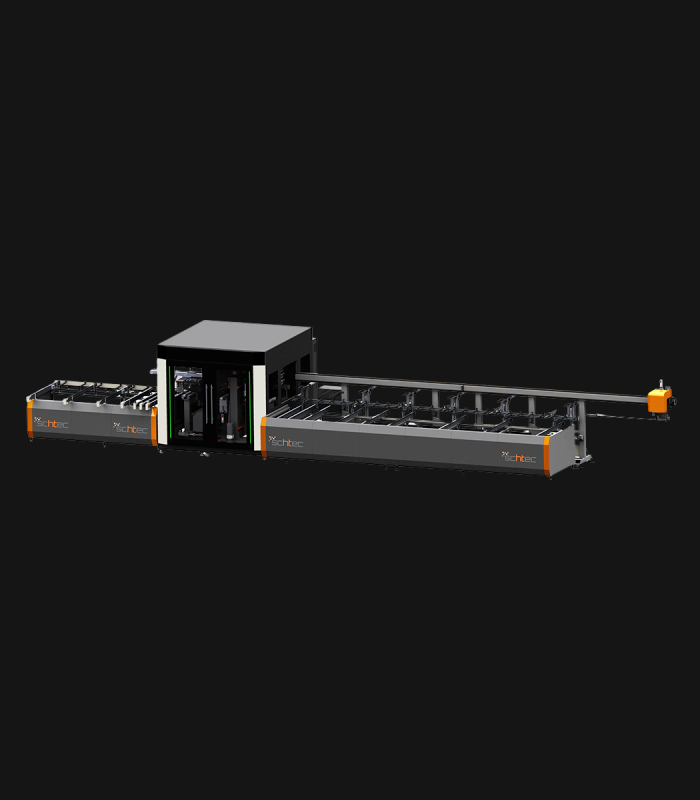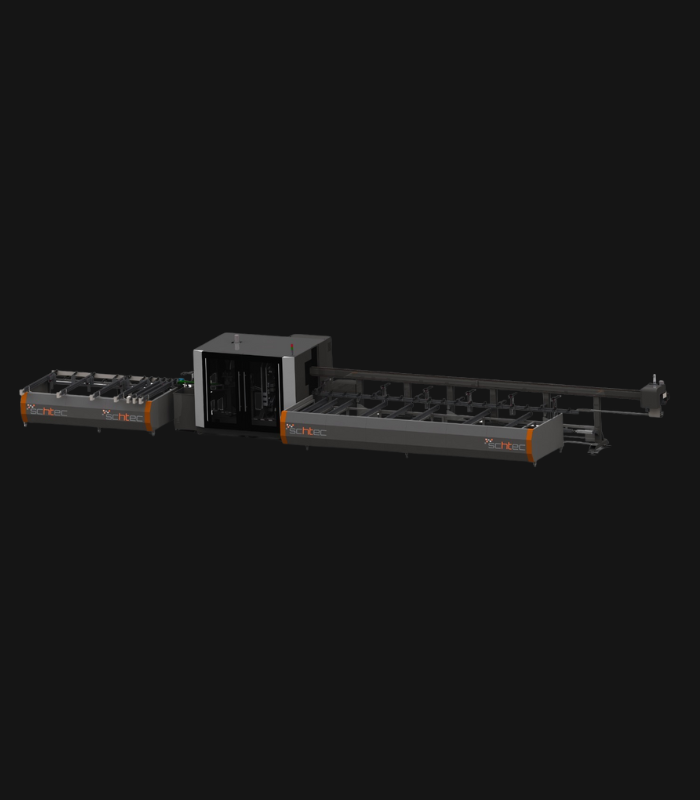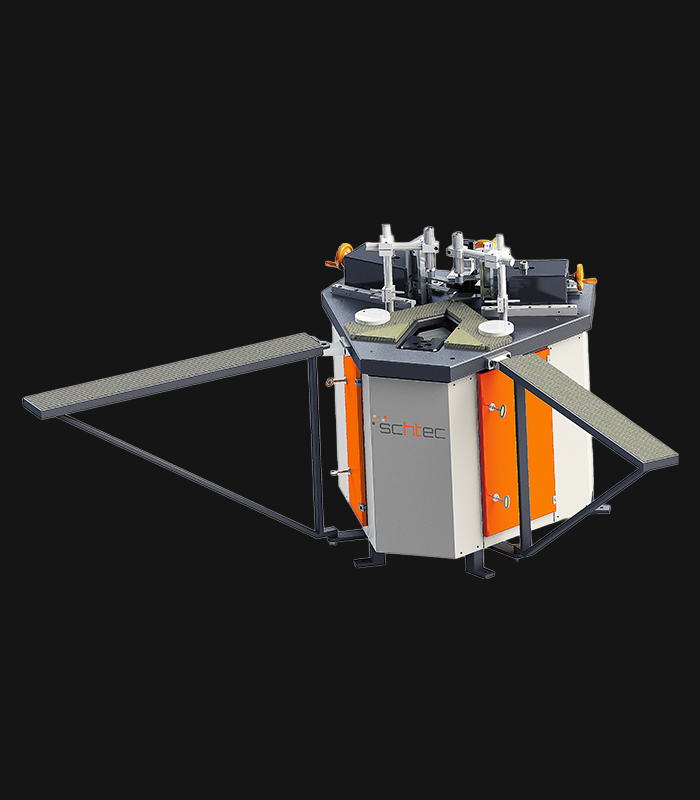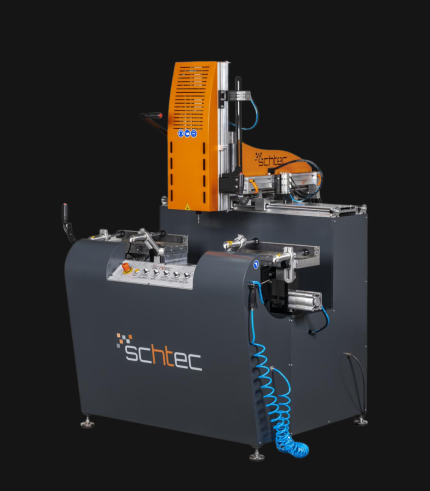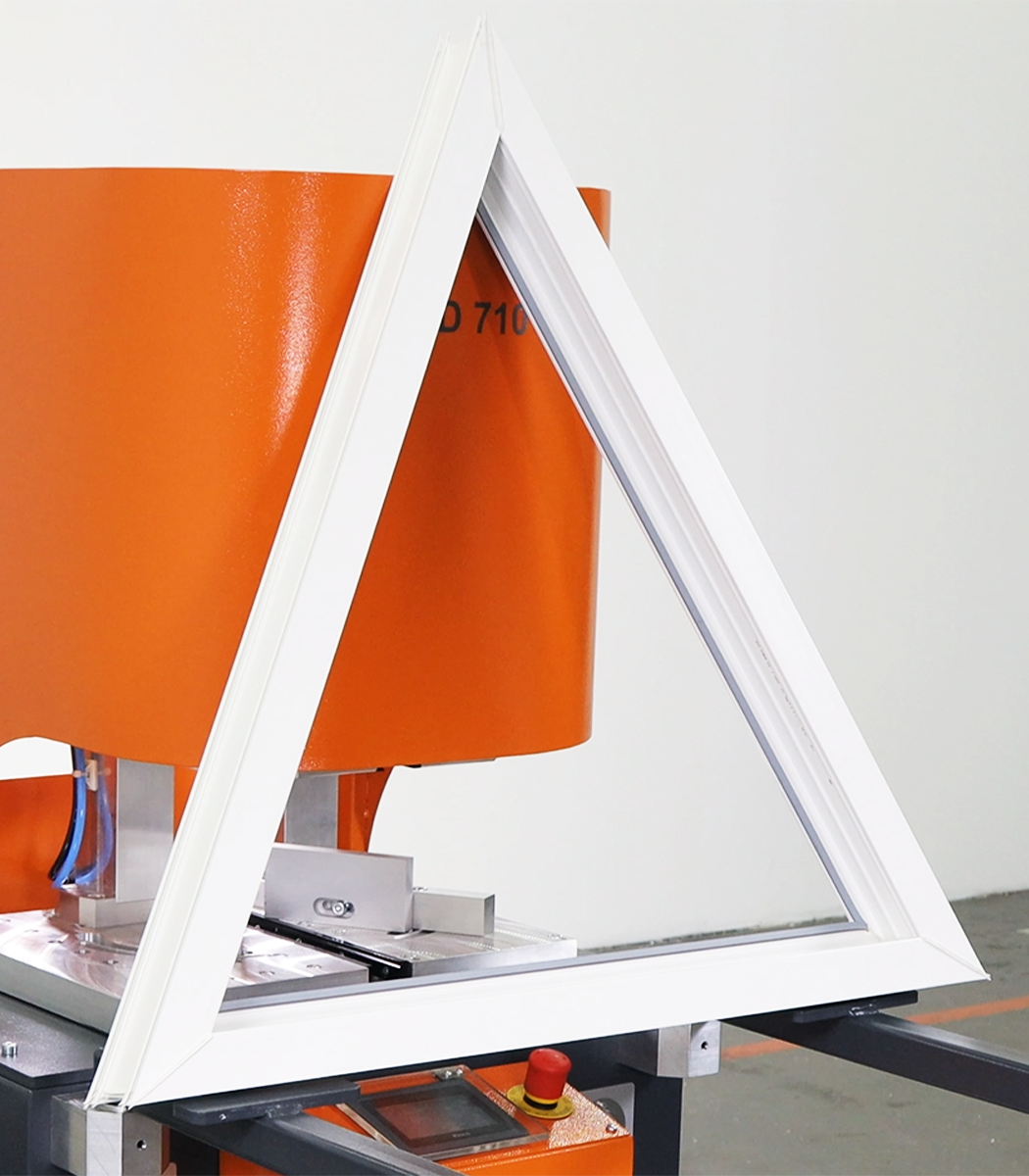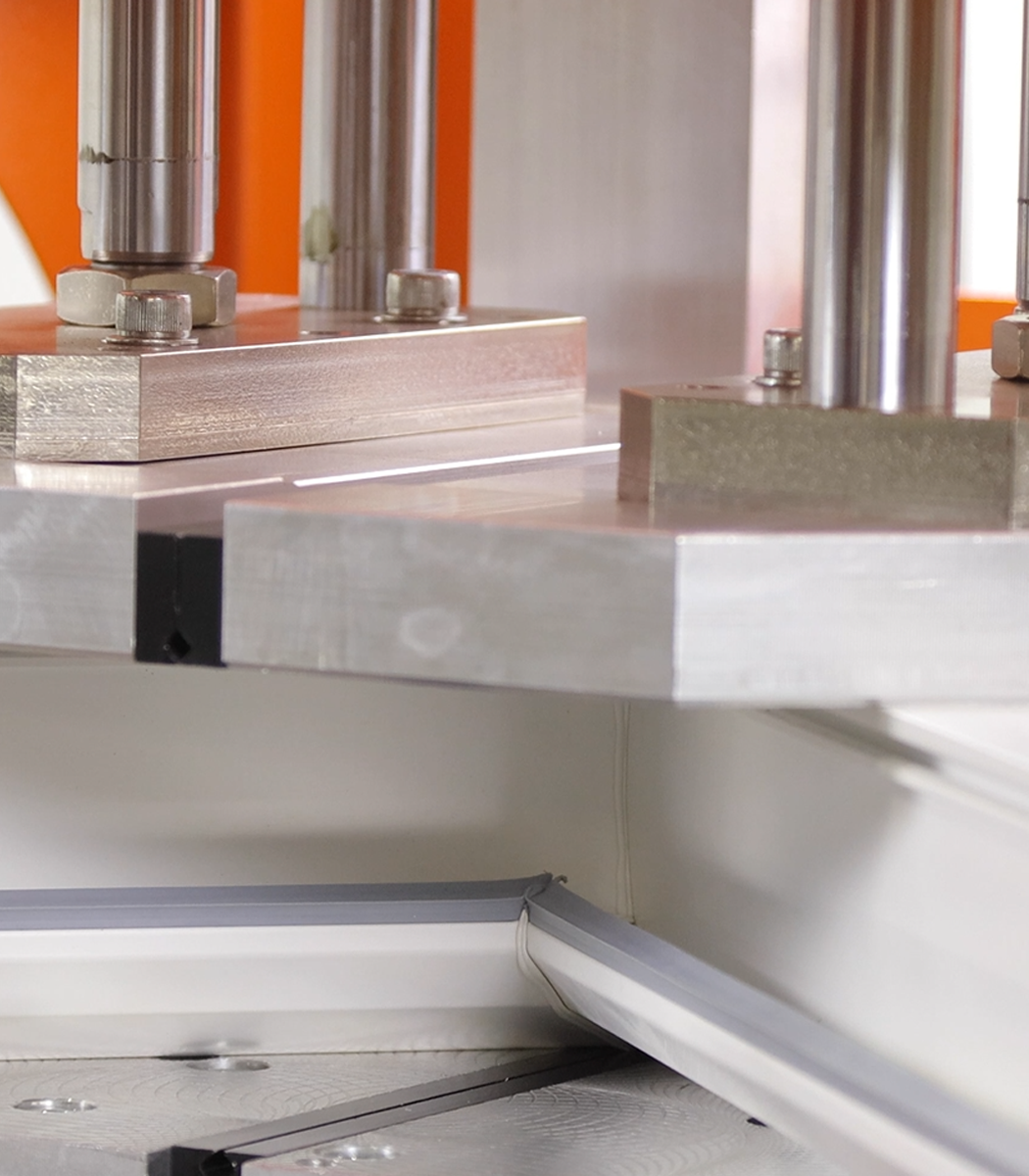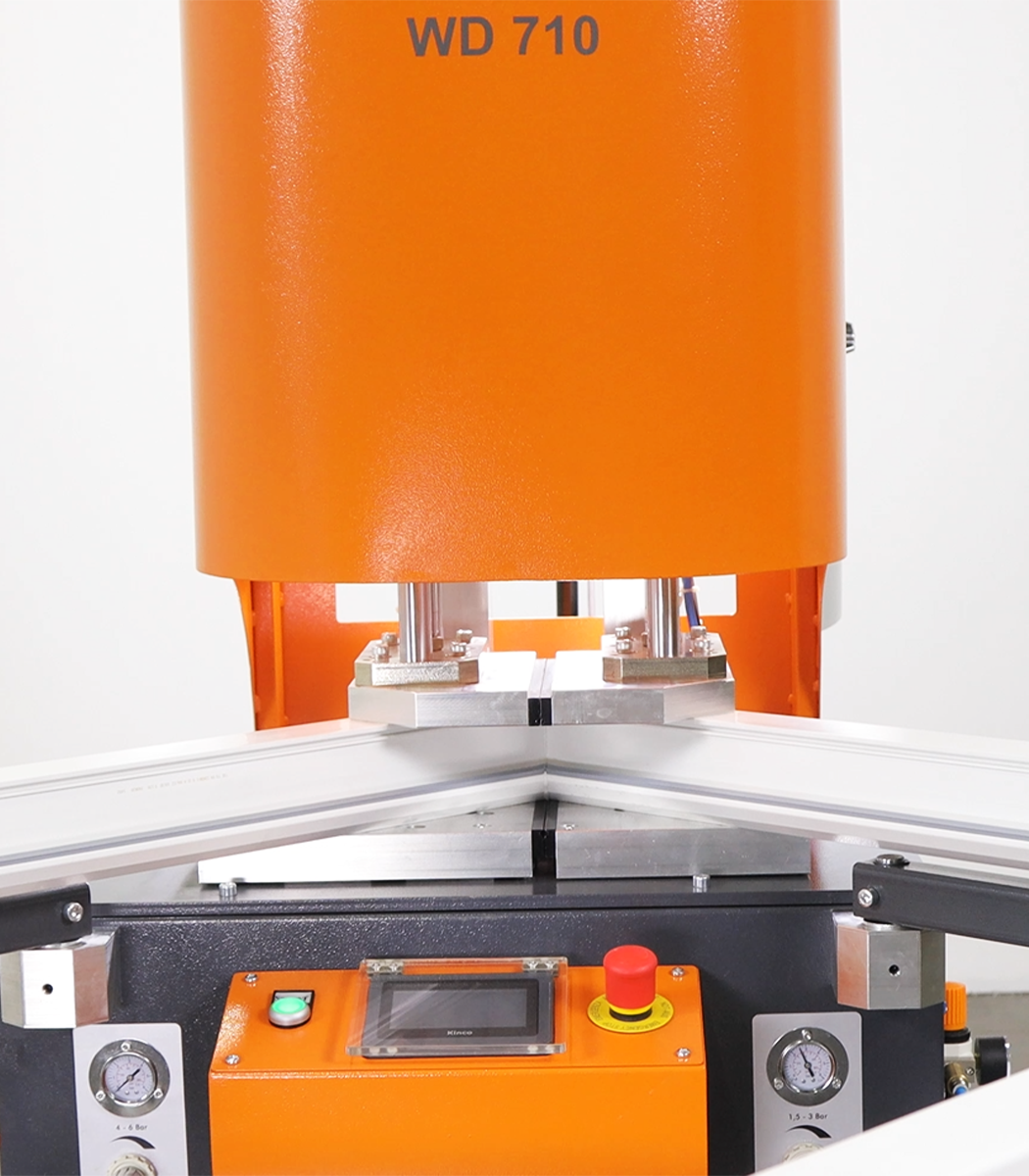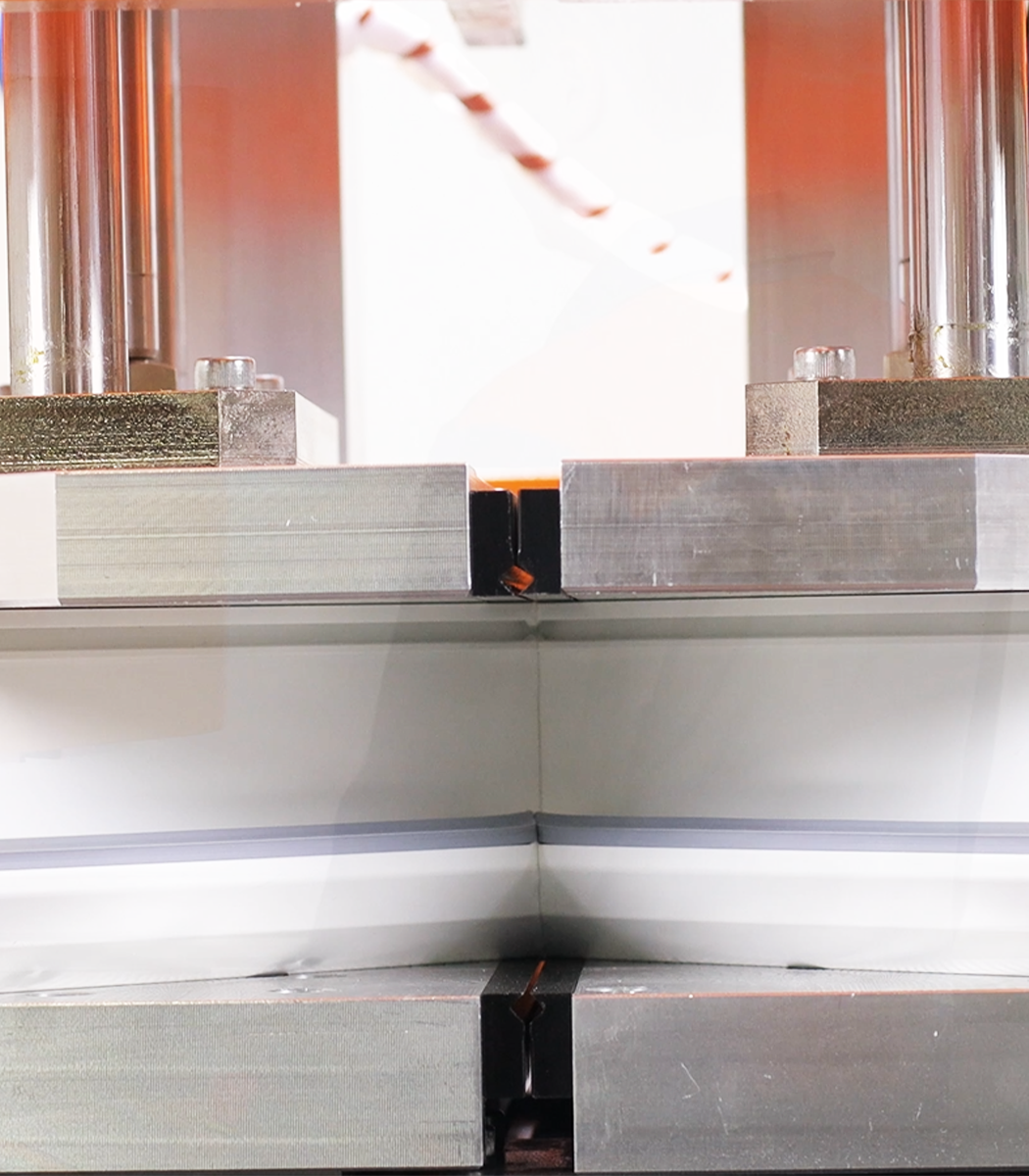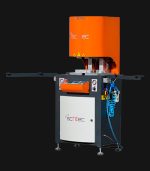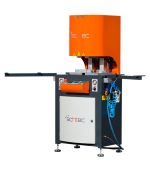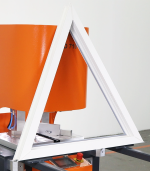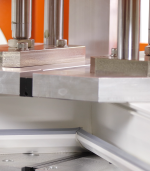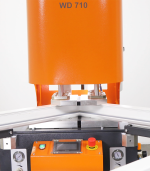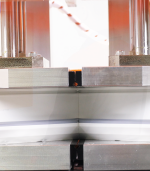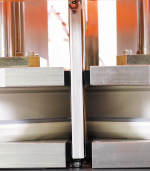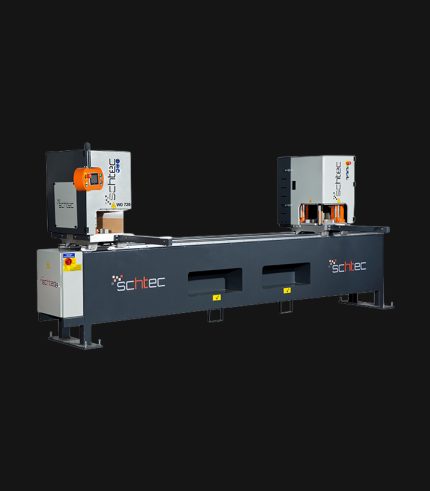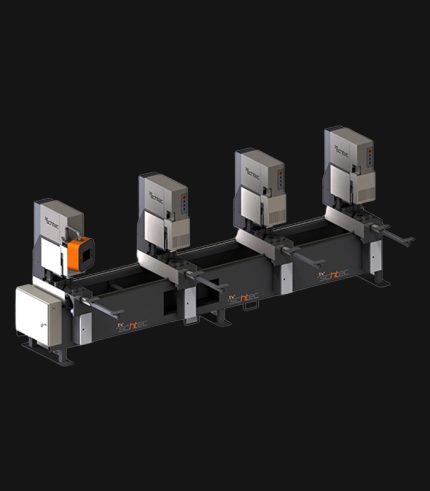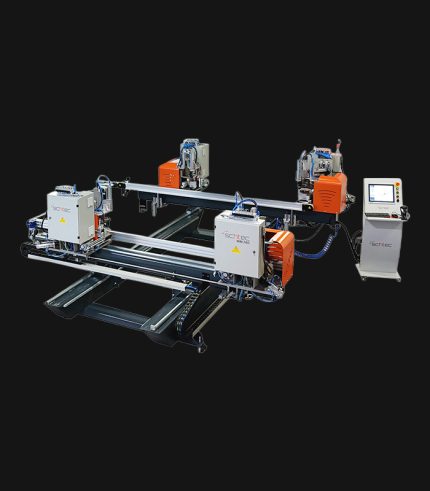WD 710 Single Head Welding Machine
Schtec WD 710 offers precise PVC welding at 30°-180° with 0.2mm accuracy. Digital touch screen, durable heater plate, quick mold change. Compact & efficient.
WD 710 Technical Specifications
| Power Supply | 220 V, 1 Ph, 50-60 Hz |
| Power Output | 1,5 kW |
| Air Pressure | 6-8 bar |
| Air Consumption | 90 lt./min. |
| Max. Welding Length | Limitless |
| Min. Welding Length | 300 mm |
| Max. Profile Width (180°) | 190 mm |
| Max. Profile Width (90°) | 170 mm |
| Max. Profile Width (60°) | 125 mm |
| Max. Profile Width (30°) | 85 mm |
| Max. Welding Angle | 180° |
| Min. Welding Angle | 30° |
| Max. Profile Height | 175 mm |
| Min. Profile Height | 35 mm |
| Machine Height | 1.670 mm |
| Machine Length | 680 mm |
| Machine Width | 700 mm |
| Machine Weight | 210 kg |
Standard Features
- Precision welding at variable angles between 30-180 degrees of PVC profiles
- Has the ability to weld with maximum strength.
- 0,2 mm welding seam restriction for both colored and white profiles
- Melting and combining times can be set digitally.
- Digital touchscreen display to control all operation
- Heating temperature and time parameters can be adjusted individually
- Homegenous heating with special heating plates
- More efficient and long lasting teflon thanks to special teflon system on the heating plates
- Specially designed mould system to gain time
- With support arms easy welding on big frames
Product Description
The Schtec WD 710 performs single corner welding on PVC profiles at any angle between 30° and 180° with 0.2 mm precision. It uses a durable heater plate to ensure uniform heat distribution across both white and colored profiles. The digital touchscreen control system allows independent configuration of heating and joining settings. A special Teflon system and quick mold change mechanism provide long-term use and efficient welding, even for large profiles. Compact and energy-efficient, the WD 710 is a user-friendly welding solution.
Frequently Asked Questions
Find quick answers to common questions about our Welding Machines.


